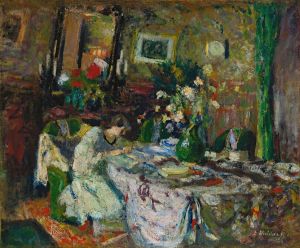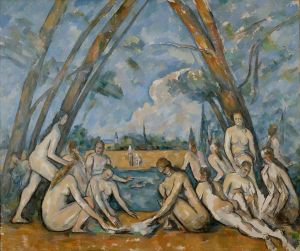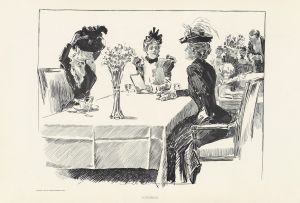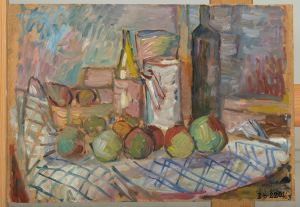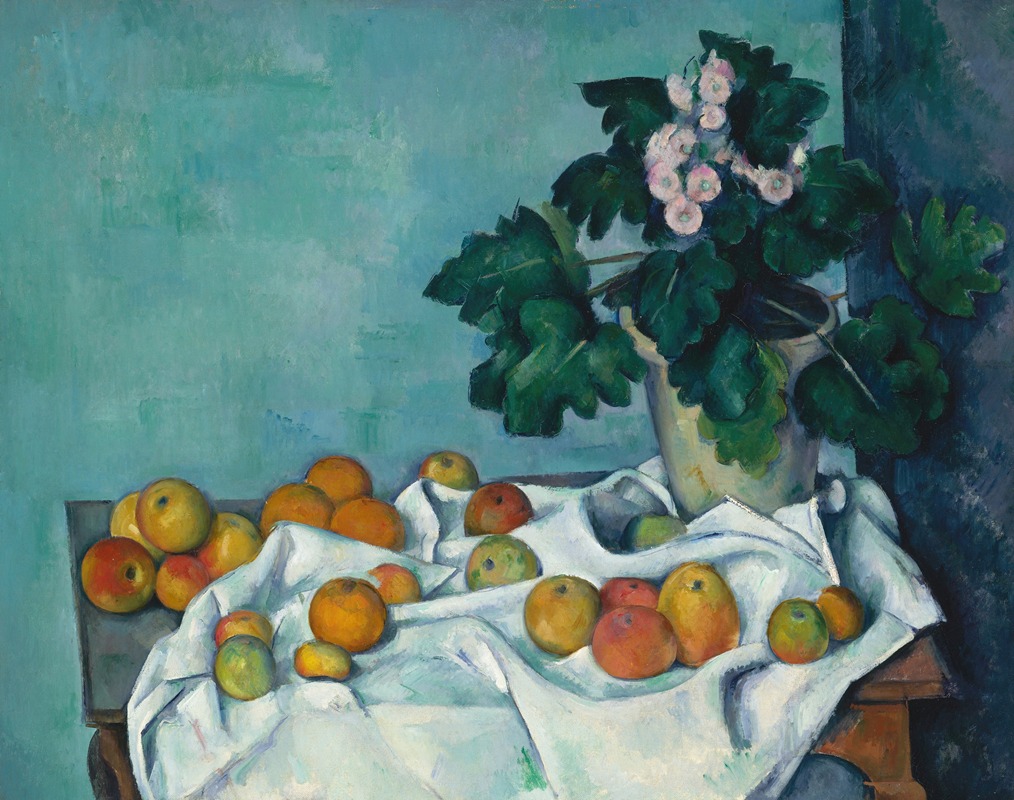
Still Life with Apples and a Pot of Primroses
A hand-painted replica of Paul Cézanne’s masterpiece Still Life with Apples and a Pot of Primroses, meticulously crafted by professional artists to capture the true essence of the original. Each piece is created with museum-quality canvas and rare mineral pigments, carefully painted by experienced artists with delicate brushstrokes and rich, layered colors to perfectly recreate the texture of the original artwork. Unlike machine-printed reproductions, this hand-painted version brings the painting to life, infused with the artist’s emotions and skill in every stroke. Whether for personal collection or home decoration, it instantly elevates the artistic atmosphere of any space.
"Still Life with Apples and a Pot of Primroses" is an oil painting created by the French Post-Impressionist artist Paul Cézanne. This artwork is one of the many still lifes that Cézanne produced during his prolific career, which spanned the latter half of the 19th century and the early years of the 20th century. Cézanne is often credited with laying the groundwork for the transition from 19th-century Impressionism to 20th-century Cubism.
The painting features a composition of apples and a pot of primroses, arranged on a table. Cézanne's still lifes are renowned for their complex compositions, masterful use of color, and innovative approach to form and perspective. In "Still Life with Apples and a Pot of Primroses," Cézanne employs his characteristic technique of building form with color, using patches of paint to create a sense of volume and depth. The apples are depicted with a variety of hues, capturing the play of light on their surfaces and giving them a three-dimensional quality.
Cézanne's approach to still life was revolutionary for its time. He moved away from the traditional methods of creating a realistic representation of objects, instead focusing on the underlying structure and geometry of the forms. This can be seen in the way he renders the apples and the pot of primroses, emphasizing their shapes and the spatial relationships between them. The tablecloth and the background are also treated with the same attention to color and form, contributing to the overall harmony of the composition.
The painting reflects Cézanne's interest in exploring the visual perception of objects and their placement in space. He often experimented with multiple viewpoints, which is evident in the slightly tilted perspective of the table and the objects on it. This technique creates a dynamic tension within the composition, inviting the viewer to engage with the painting on a deeper level.
"Still Life with Apples and a Pot of Primroses" is housed in the Metropolitan Museum of Art in New York City. It is part of the museum's extensive collection of European paintings and is considered one of the highlights of their holdings. The painting exemplifies Cézanne's contribution to the development of modern art and his influence on subsequent generations of artists.
Cézanne's work, including this still life, has been the subject of extensive scholarly research and analysis. Art historians have examined his innovative techniques, his role in the transition from Impressionism to Cubism, and his impact on artists such as Pablo Picasso and Georges Braque. "Still Life with Apples and a Pot of Primroses" continues to be celebrated for its artistic significance and its embodiment of Cézanne's unique vision.
In summary, "Still Life with Apples and a Pot of Primroses" by Paul Cézanne is a seminal work that showcases the artist's pioneering approach to still life painting. Through his use of color, form, and perspective, Cézanne created a composition that challenges traditional representations and invites viewers to see the world in a new way. The painting remains an important piece in the history of art and a testament to Cézanne's enduring legacy.





